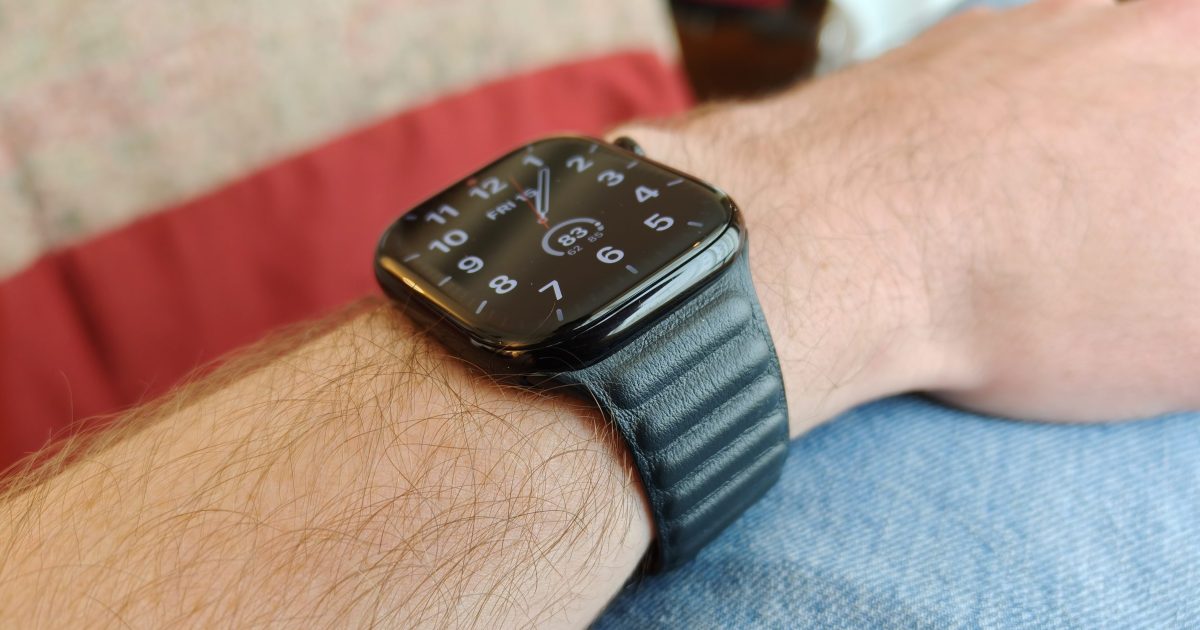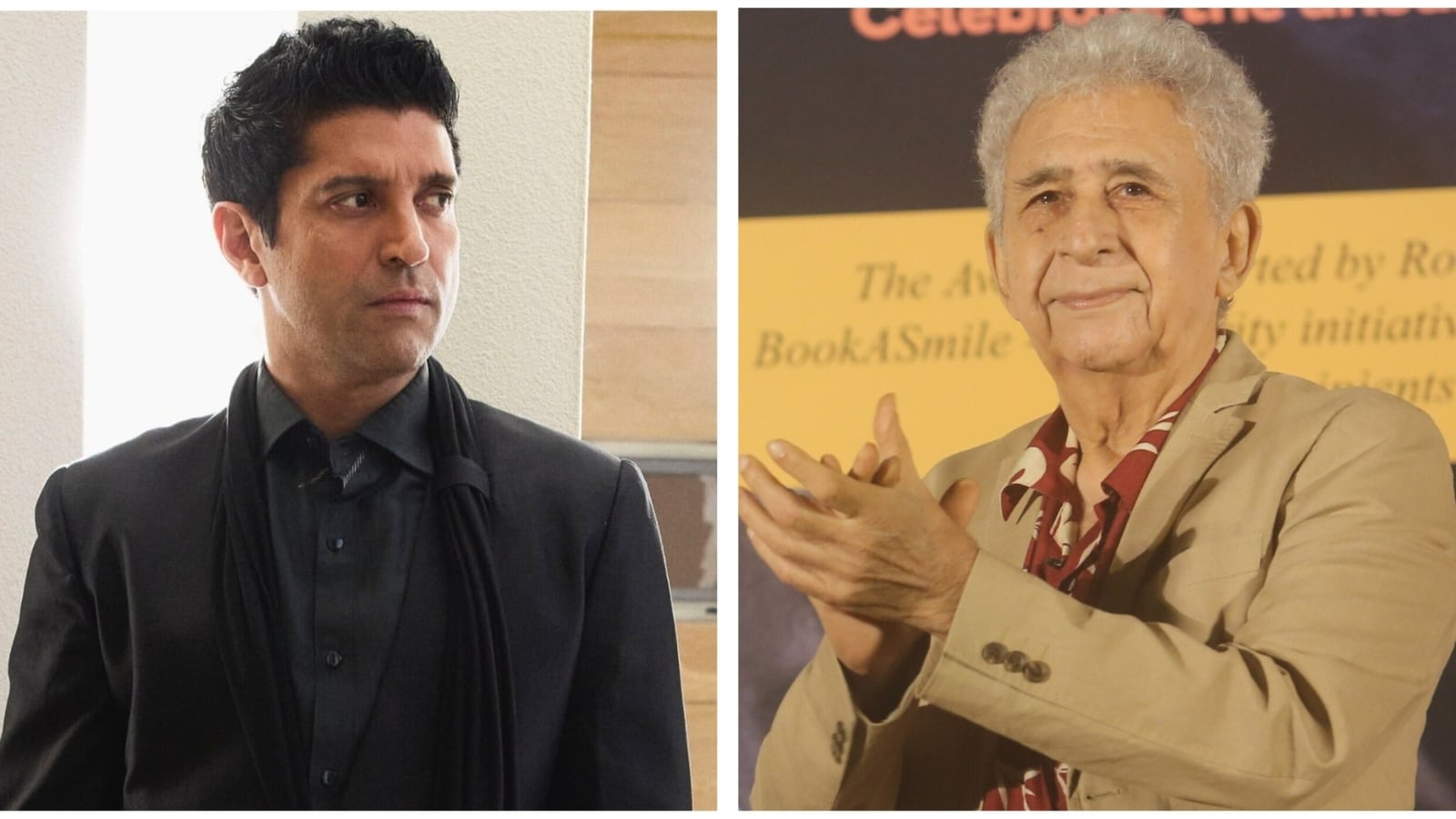New Balance’s just-launched 204L low-profile sneaker will soon have more styles available, but they likely won’t last long on retail shelves. After a quick sell-through of the latest colorway, Timberwolf, official e-commerce images have arrived of two upcoming looks which are draped in tonal pastel shades.
Unofficially dubbed the “Pastel Pack,” this upcoming duo of New Balance 204Ls consists of Pearl Gray Matter and pink pastel colorways of the model, which debuted in July. Rather than the 1970s track shoe-inspired designs of many of today’s most popular slim-soled shoes, New Balance’s latest take on the trend spans decades, blending a thin bottom with a more technical upper equipped with suede overlays. It’s a look that is part minimal, part maximal, and one that has proven popular — every colorway that has been released thus far has seen a quick sell out.
New Balance 204L Pearl Gray Matter (lateral).
New Balance
The New Balance 204L arrived in July in the form of a tan Mushroom/Arid Stone colorway followed by a Timberwolf/Linen style that was released Wednesday. Along with the inline colorways, the 204L has also received the collaboration treatment courtesy of Kith, which applied colorful Camellia, Sunburst and Bluebell shades to the sneaker.
“When designing the 204L, we knew we wanted to offer a versatile, sleek sneaker while producing something new and fresh. It was a true collaborative effort working alongside our product manager, developer and team of designers to bring this model to life. The shoe is designed to stand out from other New Balance models with this convergence of two different eras, set to be released in unique materials and colorways,” Pierome Sar, senior designer of lifestyle at New Balance, said in a July press release.
While the previous 204L styles surfaced alongside release information, the details behind these two pastel pairs aren’t yet confirmed. What we do know is that each pair will retail for $110 and will be released from newbalance.com and select New Balance retailers this fall. The style code for the gray pair is U204LMMB, while the pink is U204LMMD.

New Balance 204L Pearl Gray Matter (medial).
New Balance

New Balance 204L Pearl Gray Matter (top).
New Balance

New Balance 204L Pearl Gray Matter (heel).
New Balance

New Balance 204L Pearl Gray Matter (sole).
New Balance

New Balance 204L pastel pink (lateral).
New Balance

New Balance 204L pastel pink (medial).
New Balance

New Balance 204L pastel pink (top).
New Balance

New Balance 204L pastel pink (heel).
New Balance

New Balance 204L pastel pink (sole).
New Balance















